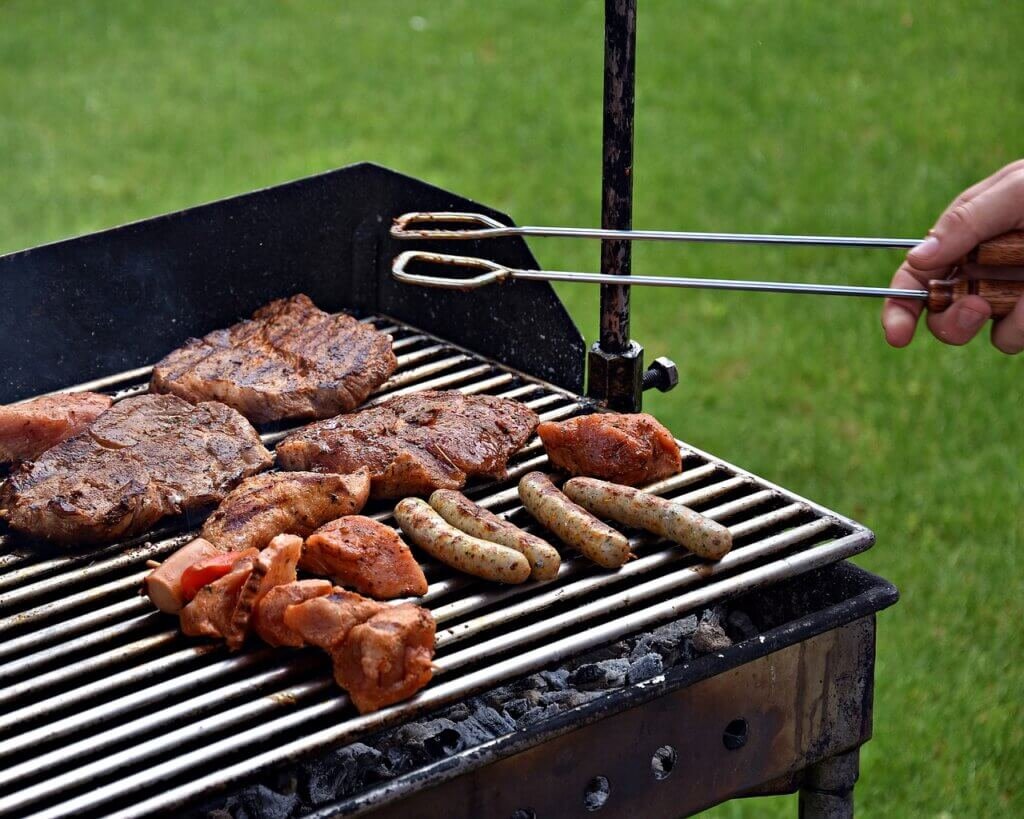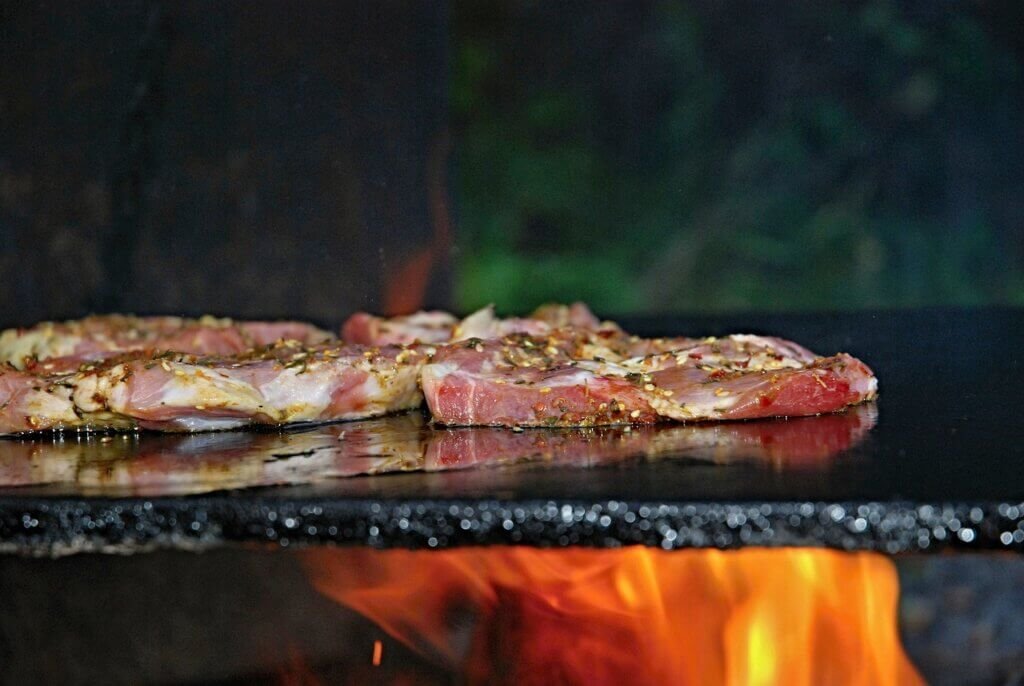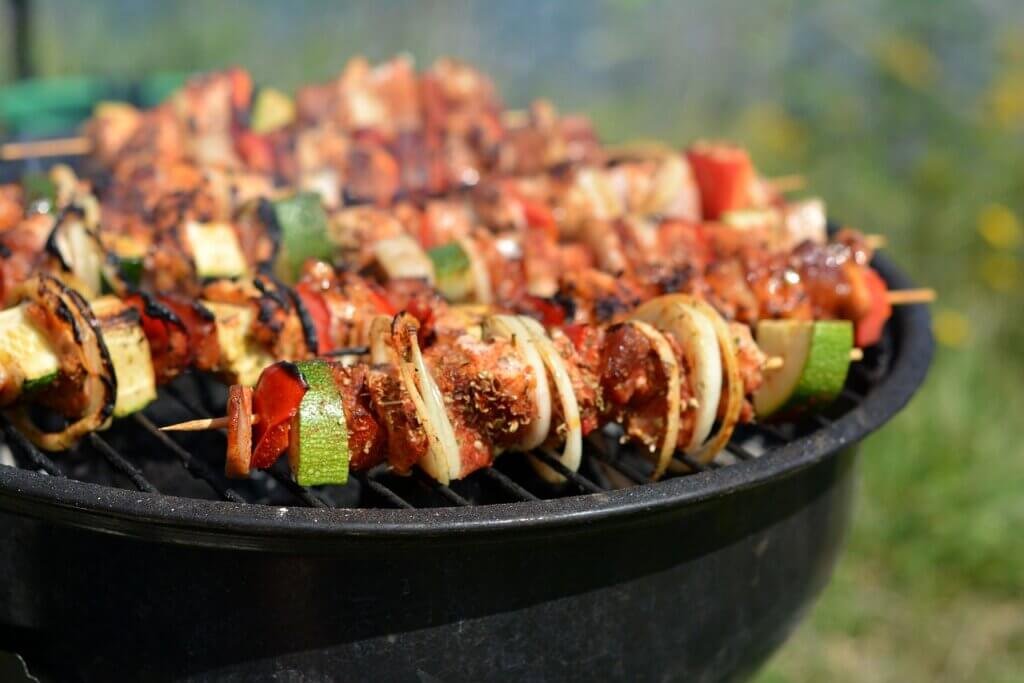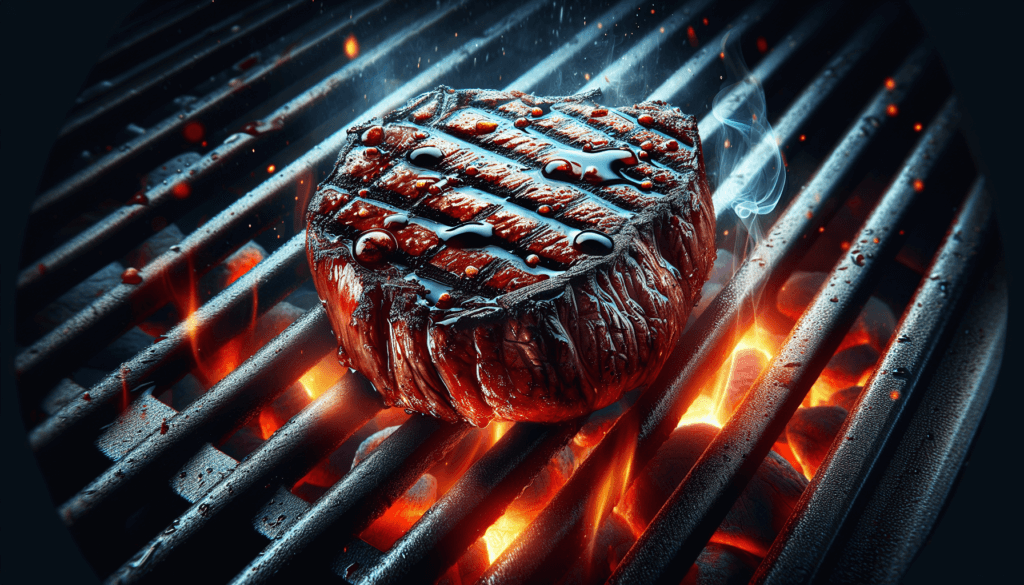Whether you’re a culinary novice or a seasoned grill master, there’s nothing quite like the satisfaction of sinking your teeth into a perfectly grilled steak. But achieving that level of perfection can seem daunting for beginners. Fear not! In this comprehensive beginner’s guide, you will find all the tips, tricks, and techniques you need to confidently grill the perfect steak every time. From selecting the right cut to mastering the ideal level of doneness, this guide will transform you into a grilling pro in no time. Get ready to impress your friends and family with mouthwatering steaks that are juicy, flavorful, and cooked to perfection. Fire up the grill and let’s get started on your journey to becoming a steak grilling expert!

Choosing the Right Steak
When it comes to grilling the perfect steak, the first step is choosing the right cut. There are several cuts of steak to choose from, each with its own unique qualities and flavors. Ribeye, T-bone, New York strip, and filet mignon are popular choices for grilling.
Consider the Cut: Ribeye steak is well-marbled and known for its rich flavor, while T-bone steak offers a combination of tenderloin and strip loin. New York strip steak is flavorful and has a good amount of marbling, and filet mignon is incredibly tender and has a mild flavor. Think about the flavor profile you prefer before making your choice.
Look for Marbling: When selecting a steak, pay attention to the marbling – the white streaks of fat within the muscle. Marbling plays a crucial role in the flavor and tenderness of the meat. More marbling generally means more flavor and juiciness.
Choose the Right Thickness: The thickness of your steak is also important. A thicker steak will require more time to cook and can be more forgiving if you accidentally overcook it. On the other hand, a thinner steak will cook more quickly and may be more prone to drying out. Aim for a steak that is about 1 to 1.5 inches thick for the best results on the grill.
Preparing the Steak
Before throwing your steak on the grill, there are a few important steps to follow to ensure that it turns out perfectly.
Let the Steak Reach Room Temperature: Allow your steak to sit at room temperature for about 30 minutes before grilling. This will help it cook more evenly and prevent the outside from overcooking while the inside is still cold.
Seasoning the Steak: Seasoning is key to enhancing the flavor of your steak. Generously season both sides of the steak with salt and pepper, or use a dry rub or marinade for added flavor. Be sure to season just before grilling to prevent the salt from drawing out moisture from the meat.
Optional: Marinating the Steak: If you prefer a more pronounced flavor, you can marinate your steak before grilling. Marinating helps tenderize the meat and infuse it with delicious flavors. Choose a marinade that complements the cut of steak you are using and allow it to marinate for at least 30 minutes, or up to 24 hours for maximum flavor.

Setting Up the Grill
Choosing the right heat source and ensuring that your grill is properly preheated are essential steps in achieving a perfectly grilled steak.
Choosing the Right Heat Source: There are various options for heat sources when grilling, including charcoal, gas, and electric grills. Charcoal grills provide a unique smoky flavor, while gas grills offer convenience and precise temperature control. Electric grills are great for indoor grilling. Consider your preference and the type of grill you have when choosing the heat source.
Cleaning and Preheating the Grill: Before firing up the grill, make sure it is clean and free of any leftover residue. Use a grill brush to scrape off any grime or food particles that may be stuck on the grates. Once clean, preheat the grill to a medium-high heat. This will ensure that the grill is hot enough to sear the steak and prevent it from sticking to the grates.
Prepping the Grill
Preparing the grill before you start cooking your steak can make a significant difference in the overall grilling experience and the final result.
Oil the Grill Grates: To prevent the steak from sticking to the grill grates, it’s important to oil them before cooking. Use a brush or a paper towel dipped in oil to lightly coat the grates. This will create a non-stick surface and give your steak those wonderful grill marks.
Create Direct and Indirect Heat Zones: Depending on the thickness of your steak and the desired cooking method, it’s essential to create both direct and indirect heat zones on the grill. Direct heat refers to grilling the steak directly over the flame, while indirect heat refers to grilling the steak to the side of the flame. This allows for different cooking techniques and ensures that your steak cooks evenly.

Grilling Techniques
Grilling techniques can vary depending on the desired level of doneness. Whether you prefer your steak rare, medium-rare, medium, or well done, there’s a grilling method that will deliver the perfect steak.
Direct Heat Grilling: This method involves placing the steak directly over the heat source and cooking it quickly over high heat. It is ideal for thinner cuts of steak or when you prefer a steak that is cooked to a lower degree of doneness. Keep a close eye on the steak to avoid overcooking.
Indirect Heat Grilling: Indirect heat grilling involves cooking the steak to the side of the heat source, using the heat reflected off the grill’s lid. This method is perfect for thicker cuts of steak or when you prefer a steak that is cooked to a higher degree of doneness. It allows for a slower cooking process, resulting in a more evenly cooked steak.
Reverse Searing: Reverse searing is a technique that involves slow-cooking the steak at a low temperature first and then searing it over high heat at the end. This method is ideal for thick cuts of steak and allows for a perfect sear while maintaining a juicy interior.
Cooking the Steak
Knowing when your steak is cooked to perfection is crucial for achieving the desired taste and tenderness. There are a few methods you can use to determine the doneness of your steak.
Determining Doneness: You can use the touch test or a meat thermometer to determine the doneness of your steak. The touch test involves comparing the firmness of the steak to the fleshy part of your palm. A meat thermometer, on the other hand, provides the most accurate results and eliminates any guesswork.
Using a Meat Thermometer: To use a meat thermometer, insert it into the thickest part of the steak without touching the bone. For medium-rare, you should aim for an internal temperature of 135°F (57°C). Medium requires a temperature of 145°F (63°C), while well-done is around 160°F (71°C).
Resting the Steak: After cooking, it is essential to let your steak rest before slicing into it. Resting the steak allows the juices to redistribute, resulting in a more flavorful and tender piece of meat. About 5 to 10 minutes of resting time is sufficient for most steaks.

Topping and Serving
The final touches to your perfectly grilled steak can take it to the next level in terms of flavor and presentation.
Adding a Flavored Butter or Sauce: While a perfectly cooked steak can be enjoyed on its own, adding a flavored butter or sauce can take it to new heights. Consider making a garlic herb butter, a red wine reduction, or a chimichurri sauce to complement the flavors of your steak.
Garnishing the Steak: Garnishing your steak with fresh herbs or a sprinkle of sea salt can add both visual appeal and flavor. Chopped parsley, thyme, or rosemary can provide a vibrant touch to your dish.
Slicing and Serving: When it’s time to enjoy your perfectly grilled steak, it’s important to slice it against the grain. This helps to break up the muscle fibers and ensures a tender bite. Serve the steak on a warm plate and savor every juicy, flavorful piece.
Common Grilling Mistakes to Avoid
Grilling a steak to perfection can be a challenge, especially for beginners. Avoiding these common mistakes can help you achieve better results and a more enjoyable grilling experience.
Using Too High or Low Heat: Controlling the heat is key to grilling a perfect steak. Too high heat can quickly lead to burned exteriors and undercooked interiors, while too low heat can result in a dry, overcooked steak. Aim for a medium-high heat for most cuts of steak.
Flipping the Steak Too Often: Flipping the steak too frequently can prevent it from developing a flavorful crust. To achieve those desirable grill marks and a tasty sear, flip the steak only once during the cooking process.
Cutting into the Steak Too Early: Cutting into the steak immediately after taking it off the grill may seem tempting, but it’s crucial to allow it to rest. By cutting into the steak too early, you risk losing flavorful juices and potentially drying out the meat.

Understanding Grill Marks
Grill marks not only add visual appeal but also enhance the flavor and texture of your grilled steak. Here’s what you need to know about creating perfect grill marks and why they matter.
Creating Perfect Grill Marks: To create perfect grill marks, ensure that your grill grates are clean and well-oiled. Preheat the grill to a medium-high heat and place the steak diagonally across the grates. After a couple of minutes, rotate the steak 90 degrees to create beautiful crosshatch marks. Flip the steak and repeat the process on the other side.
Why Grill Marks Matter: Grill marks are not just for aesthetics; they also provide an enhanced flavor and texture. The caramelization that occurs when the meat comes into contact with the heat creates a depth of flavor, while the seared lines add a desirable smoky taste and a slight crispiness to the exterior.
Alternative Cooking Methods
Grilling is not the only way to cook a perfect steak. If you don’t have a grill or prefer to try something different, here are a couple of alternative cooking methods you can explore.
Pan-Searing: Pan-searing is a stovetop cooking method that can deliver excellent results. Preheat a heavy-bottomed skillet over medium-high heat, add a little oil, and sear the steak on both sides until it reaches your desired level of doneness. Finish it off in the oven for a beautiful crust, if desired.
Broiling: Broiling is a cooking method that involves placing the steak in the oven, directly under the broiler element. This allows for quick, high-temperature cooking and can result in a deliciously charred exterior.
Smoking: For those looking to infuse their steak with a smoky flavor, smoking is a fantastic option. Using a smoker or a grill with a smoker box, you can slow-cook the steak over indirect heat, allowing it to absorb the flavors of the wood chips or pellets used for smoking.
By following these tips and techniques, you can become a master of grilling the perfect steak. Experiment with different cuts, marinades, and cooking methods to find your favorite combination. With practice and a little patience, you’ll be able to impress your friends and family with juicy, flavorful steaks every time you fire up the grill. Happy grilling!


